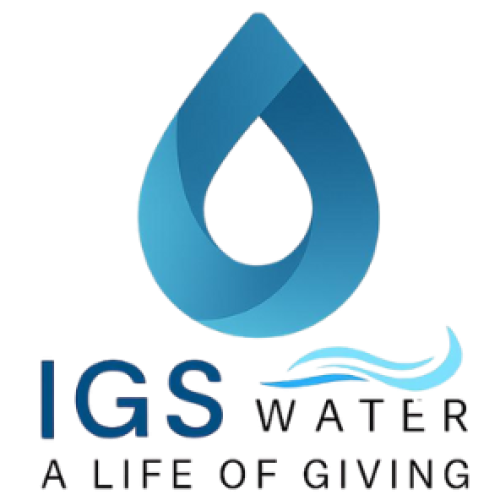Water plays a crucial role in every environment—whether it is a pond, a farm, a factory, a fishery, or a commercial facility. When water systems are poorly managed, the effects can spread quickly, affecting productivity, health, and the stability of the entire ecosystem. However, with the right technology and proper water management solutions, real-life improvements can be seen within days to weeks.
This article highlights how better water systems create clear, measurable changes across different industries, backed by real observations and scientific principles.
1. Improved Water Clarity and Reduced Algae Growth
One of the first visible signs of a better water system—especially when nanobubble aeration or destratification is installed—is the improvement in water clarity. Water becomes less murky, foul odors disappear, and algae levels start to decline.
Better water systems improve clarity by:
- increasing dissolved oxygen levels
- breaking down sludge and organic waste
- disrupting stagnant water layers
- reducing the nutrients that algae depend on
For ponds, wastewater lagoons, and irrigation reservoirs, these changes directly lead to cleaner water, fewer blockages, and a more balanced ecosystem.
2. Healthier Aquatic Life in Ponds and Fisheries
In aquaculture facilities and natural ponds, oxygen levels determine the survival and growth of fish and other aquatic species. With advanced aeration and oxygenation systems:
- fish experience reduced stress
- survival rates increase
- feeding efficiency improves
- diseases become less common
Nanobubbles, in particular, deliver long-lasting oxygen that supports microbial balance and stabilizes the environment. This creates a healthier ecosystem where aquatic life can thrive naturally.
3. Reduction of Odors and Organic Sludge
Odor problems in waterways or wastewater systems often come from low oxygen zones where anaerobic bacteria dominate. These bacteria release gases that cause strong, unpleasant smells.
Better water systems reverse this condition by restoring oxygen and circulation. As a result:
- anaerobic activity decreases
- sludge breakdown becomes faster
- odors gradually disappear
- water becomes more stable
This is a significant improvement for wastewater treatment plants, farms, industrial facilities, and any property with stagnant water bodies.
4. Higher Efficiency in Irrigation and Agriculture
Agricultural operations that rely on irrigation systems benefit greatly from cleaner water. When algae, sediment, and organic waste are reduced, irrigation becomes more reliable and efficient.
Improved water systems help:
- prevent clogging in pipes and sprinklers
- reduce maintenance time
- improve water absorption in soil
- support healthier crop growth
Farmers also see better nutrient delivery and reduced equipment stress, resulting in cost savings and higher productivity.
5. Better Chemical Efficiency and Lower Operational Costs
Facilities using water treatment chemicals often find that high-quality aeration or nanobubble systems reduce their chemical dependence. With better oxygen levels and circulation, the natural biological processes become more effective, leading to:
- lower chemical usage
- reduced labor for cleaning and maintenance
- minimized downtime due to algae or blockages
- longer equipment life
This is especially valuable in industrial cooling towers, wastewater plants, and large ponds that traditionally rely heavily on chemical treatment.
6. Stabilized Water Temperature and Equal Distribution of Oxygen
Destratification systems play a key role in balancing water temperature from top to bottom. When deeper, colder water mixes with warmer surface water, the entire waterbody stabilizes. This prevents thermal layers where algae and harmful bacteria tend to accumulate.
With destratification:
- oxygen levels become uniform
- algae formation is reduced
- water circulation improves
- aquatic ecosystems return to natural balance
This long-term stability is essential for large ponds, lakes, and reservoirs.
7. More Sustainable and Eco-Friendly Water Management
Better water systems emphasize long-term ecological stability rather than temporary fixes. By improving oxygen, circulation, and microbial health, these systems help restore natural processes. This leads to:
- cleaner water without relying on harsh chemicals
- improved biodiversity
- safer water for communities and animals
- environmentally responsible practices
These improvements align with sustainable water management goals across industries.
Conclusion
Real-life improvements from better water systems are visible, measurable, and long-lasting. Whether it is clearer water, healthier fish, reduced odors, or improved agricultural efficiency, the benefits extend far beyond surface appearance. Advanced technologies such as nanobubble generation and destratification allow water bodies to function the way nature intended—balanced, oxygen-rich, and self-sustaining.
IGS Water continues to deliver solutions that create these transformative changes, helping industries and communities maintain cleaner, healthier, and more efficient water systems.

